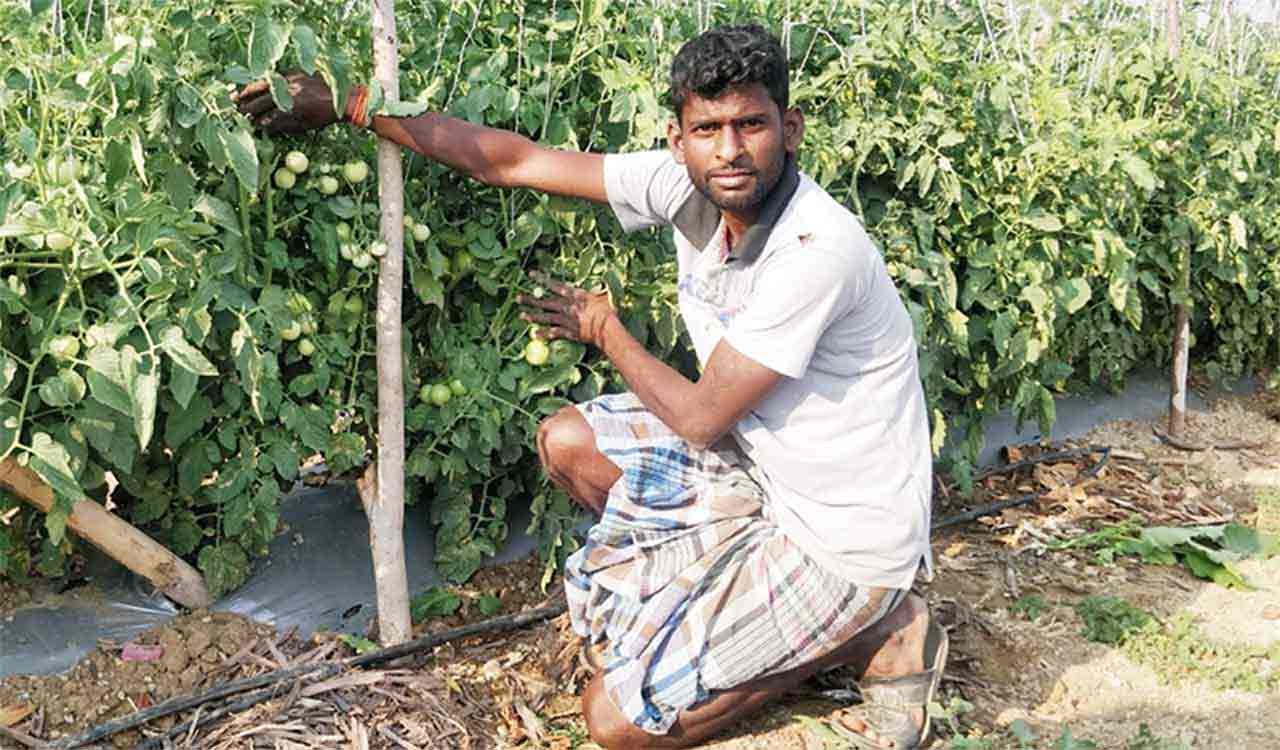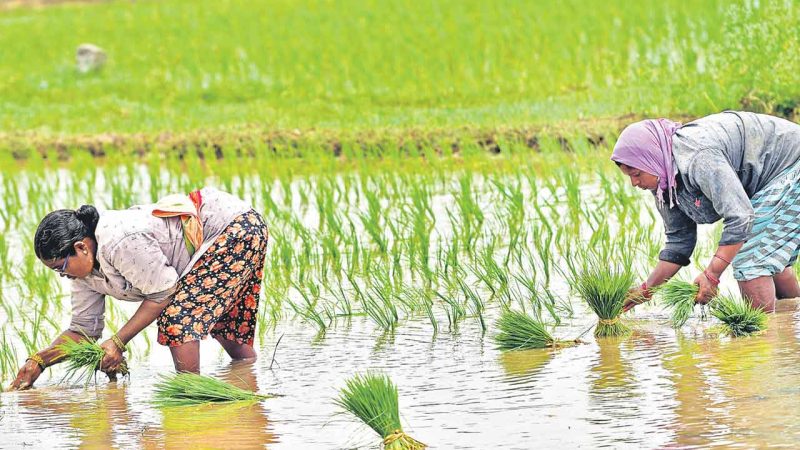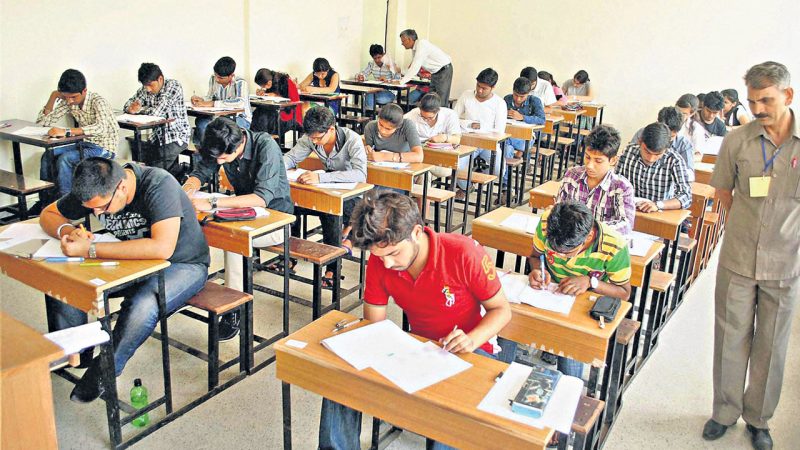Vegetable grafting technology can significantly boost vegetable yield, shows ICRISAT research

Innovative Vegetable Grafting Technology Offers Resilient Yields for Climate-Stressed Cultivation, ICRISAT Study Shows
Research finds grafted tomatoes in polyhouses deliver up to 63.79% higher yields—paving the way for broader adoption across solanaceous crops
Updated On – 1 May 2025, 11:08 AM

ICRISAT scientists proved that vegetable grafting can significantly boost yield
Hyderabad: A recent study by ICRISAT scientists proved that vegetable grafting – joining a high-yielding scion to a stress-tolerant rootstock – paired with Naturally Ventilated Polyhouse (NVPH) cultivation offered a powerful and climate-smart way to boost productivity and income.
The research published in Frontiers in Agronomy, focussed on grafted tomato plants (scion onto Solanum torvum rootstock) grown under polyhouse conditions, comparing them with non-grafted controls in open fields.
Results showed grafted tomatoes in NVPH yielded up to 63.8% more fruit, enjoyed 3–5 extra harvesting cycles, and exhibited larger leaf area, higher chlorophyll content, and greater environmental resilience.
Economic analysis revealed the highest gross and net returns—alongside superior benefit-cost ratios—under grafted NVPH systems, underscoring the technology’s potential to enhance both farm profitability and resilience to climate variability.
ICRISAT researchers highlight the technique’s applicability for other vegetables and fruits like eggplant, chili, cucumber and melons. They believe that the quicj adoption of the technology, backed by policy support, public–private partnerships, and “farmer training, could transform lives of farmers across semi-arid tropics, improving nutrition, livelihoods, and food-system sustainability without genetic modification.”
The study in vegetable grafting established that tomato plants grafted onto Solanum torvum rootstocks and grown in polyhouses yielded up to 63.79% more than non-grafted plants in open fields. The enhanced performance was linked to improved plant vigor, extended harvesting periods (3–5 more pickings), and stronger resistance to environmental stresses. This outcome reinforced the potential of grafting to unlock higher productivity across multiple solanaceous vegetables facing similar challenges.
“Vegetable grafting, especially when combined with protected cultivation, is a game-changer for smallholder farmers,” said Dr Stanford Blade, Deputy Director General – Research & Innovation, ICRISAT. “Our findings show that this approach not only increases yields and profits but also provides farmers with a practical, climate-smart solution for building system resilience.”
“This study clearly shows how grafting can help revolutionize vegetable farming in regions facing climate variability,” noted Dr Ramesh Singh, Interim Director – Resilient Farm and Food Systems, ICRISAT. With the right support, this technology can transform horticultural production systems and improve nutrition and livelihoods.”
Dr Rohan Khopade, the lead scientist behind this innovative research at ICRISAT, explained that while the initial focus was on tomatoes, the grafting technique developed is highly versatile. It can be applied to a broad range of vegetable crops—including eggplant, chili, cucumber, gourds, and melons—unlocking the potential to boost productivity across diverse agricultural systems.
Principal Scientist – Agronomy at ICRISAT, Dr Gajanan Sawargaonkar, highlighted the success of the GoAP–ICRISAT collaborative project, which aims to double farmers’ incomes through grafted vegetable technology. He noted that the initiative has delivered significant benefits to farmers across Andhra Pradesh, with vegetable productivity increasing by an impressive 30% to 150%.






